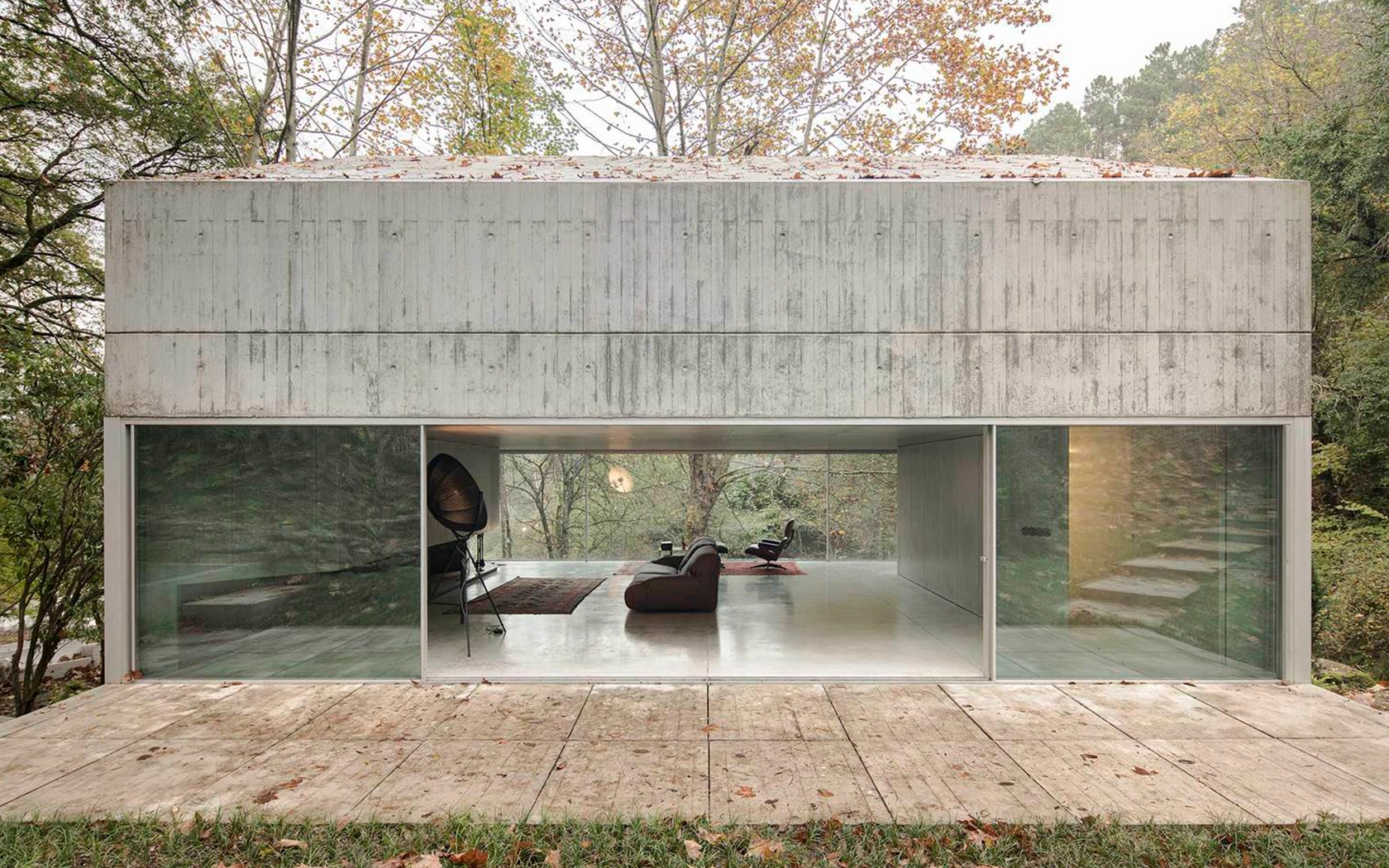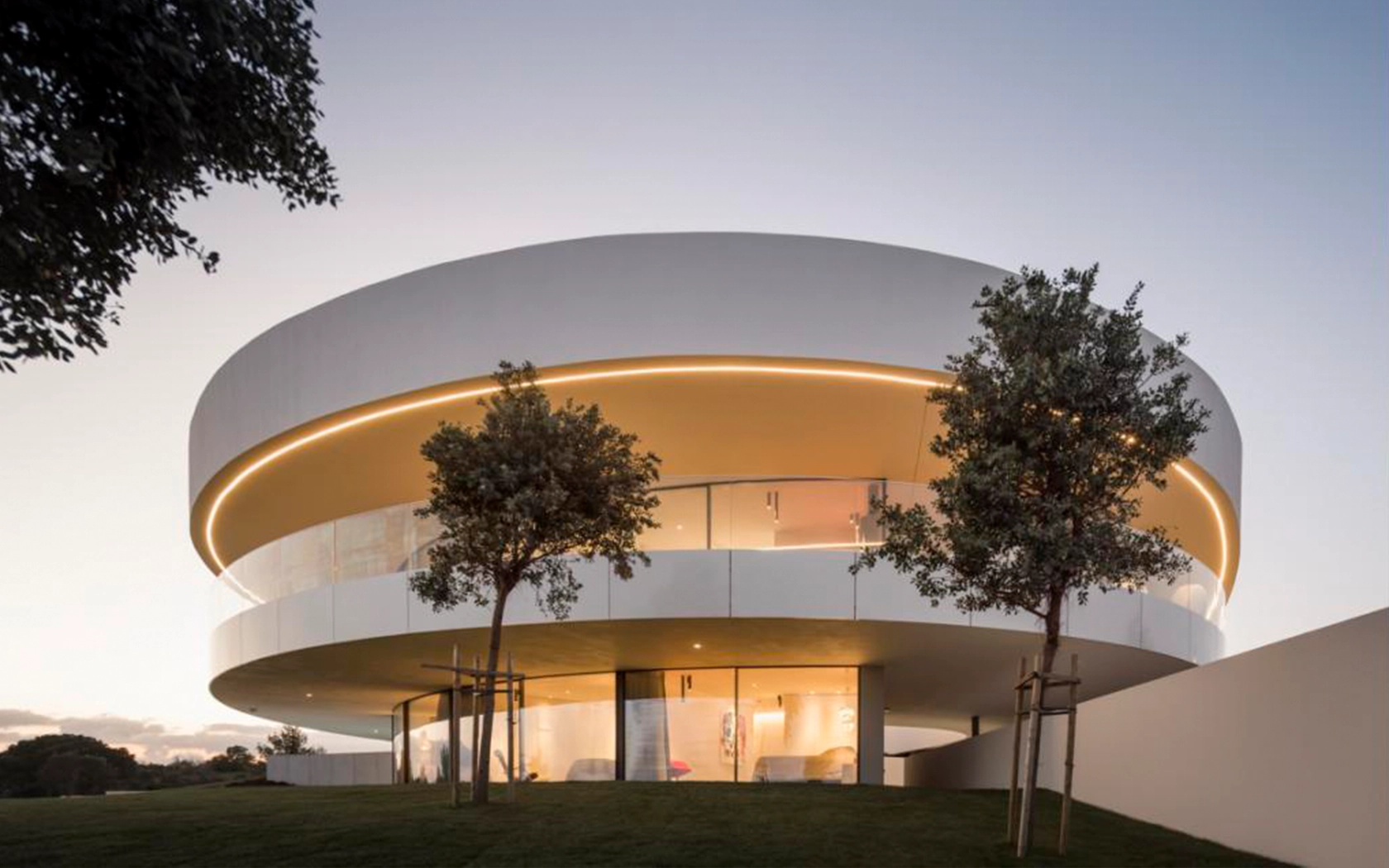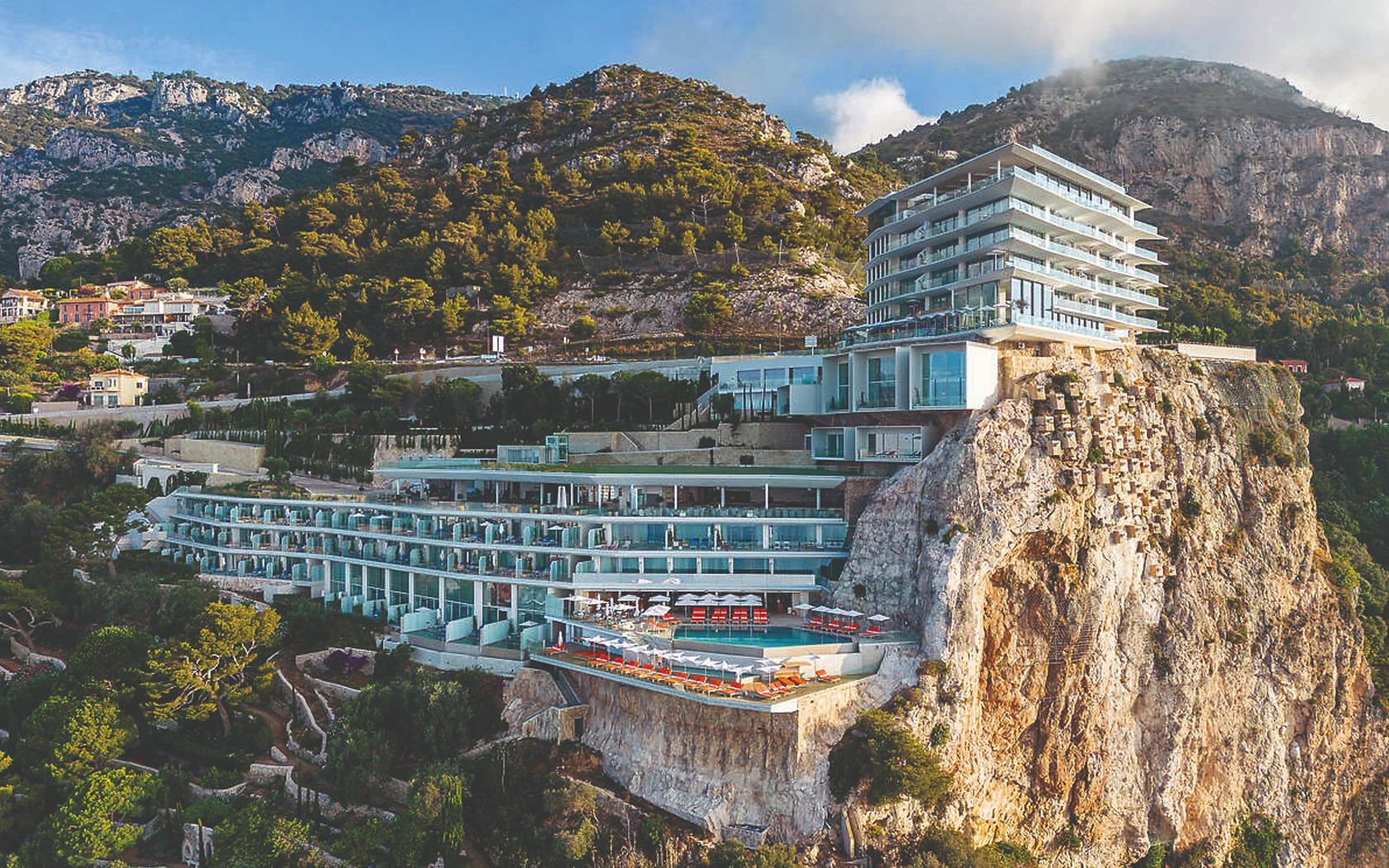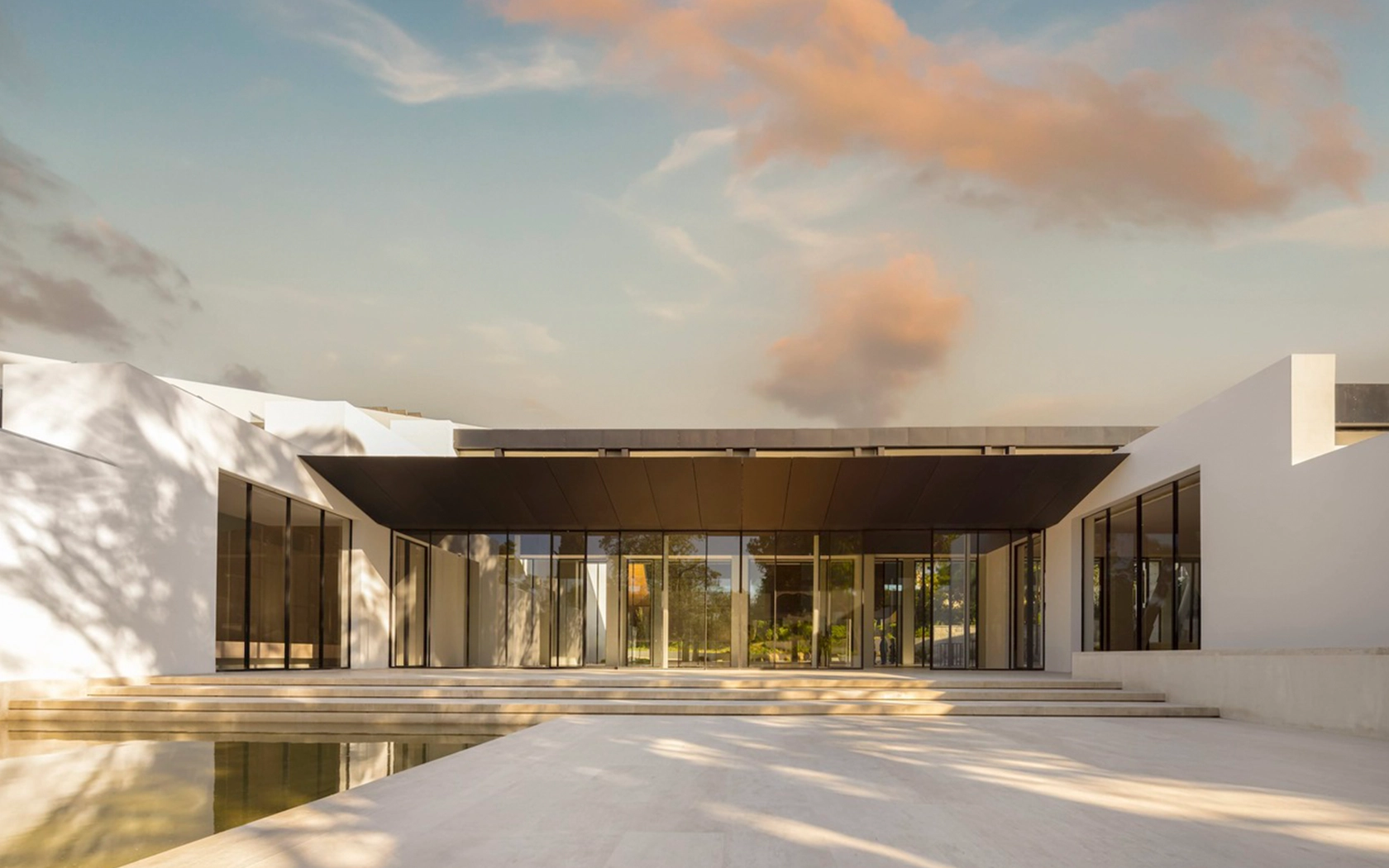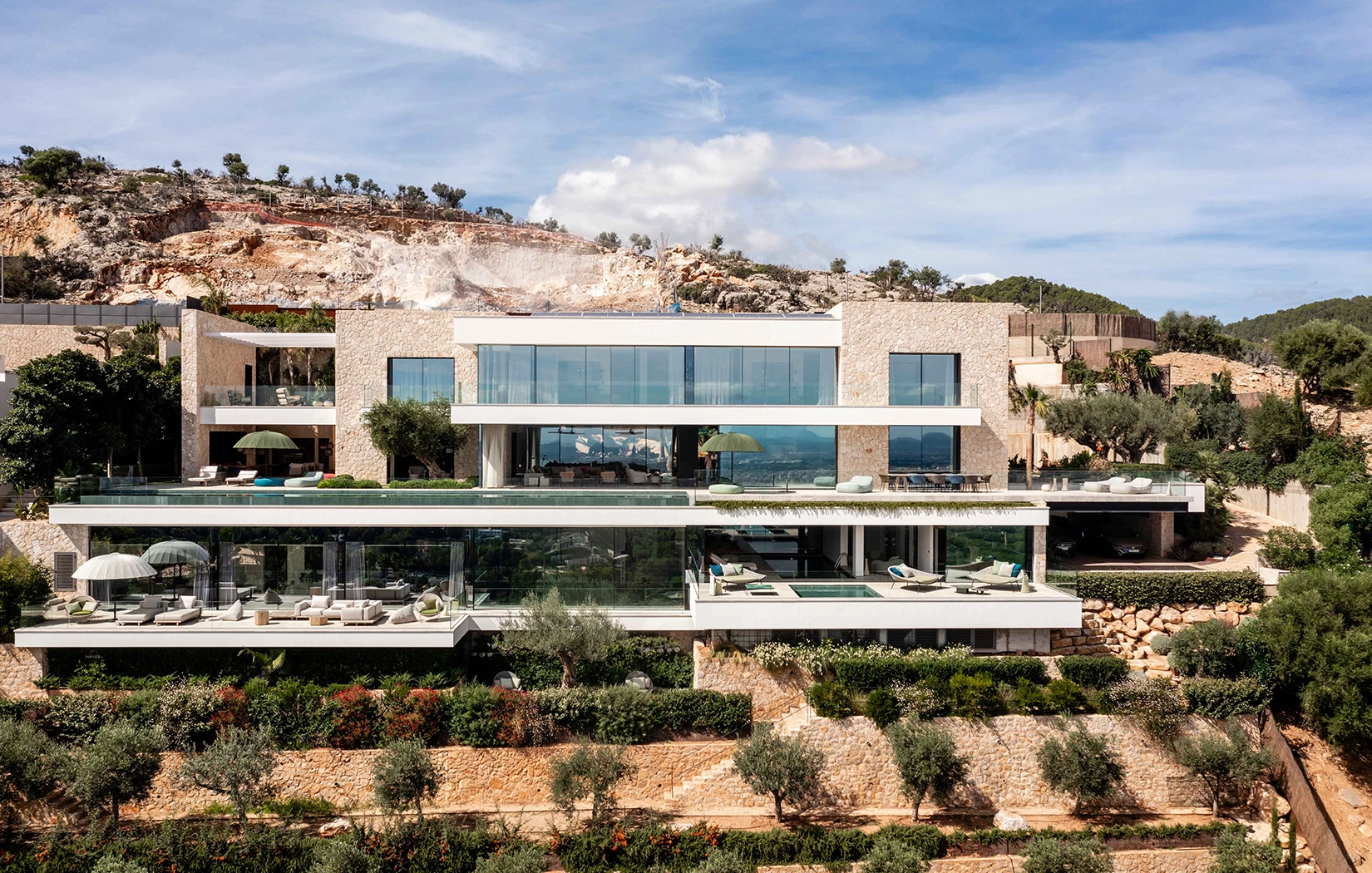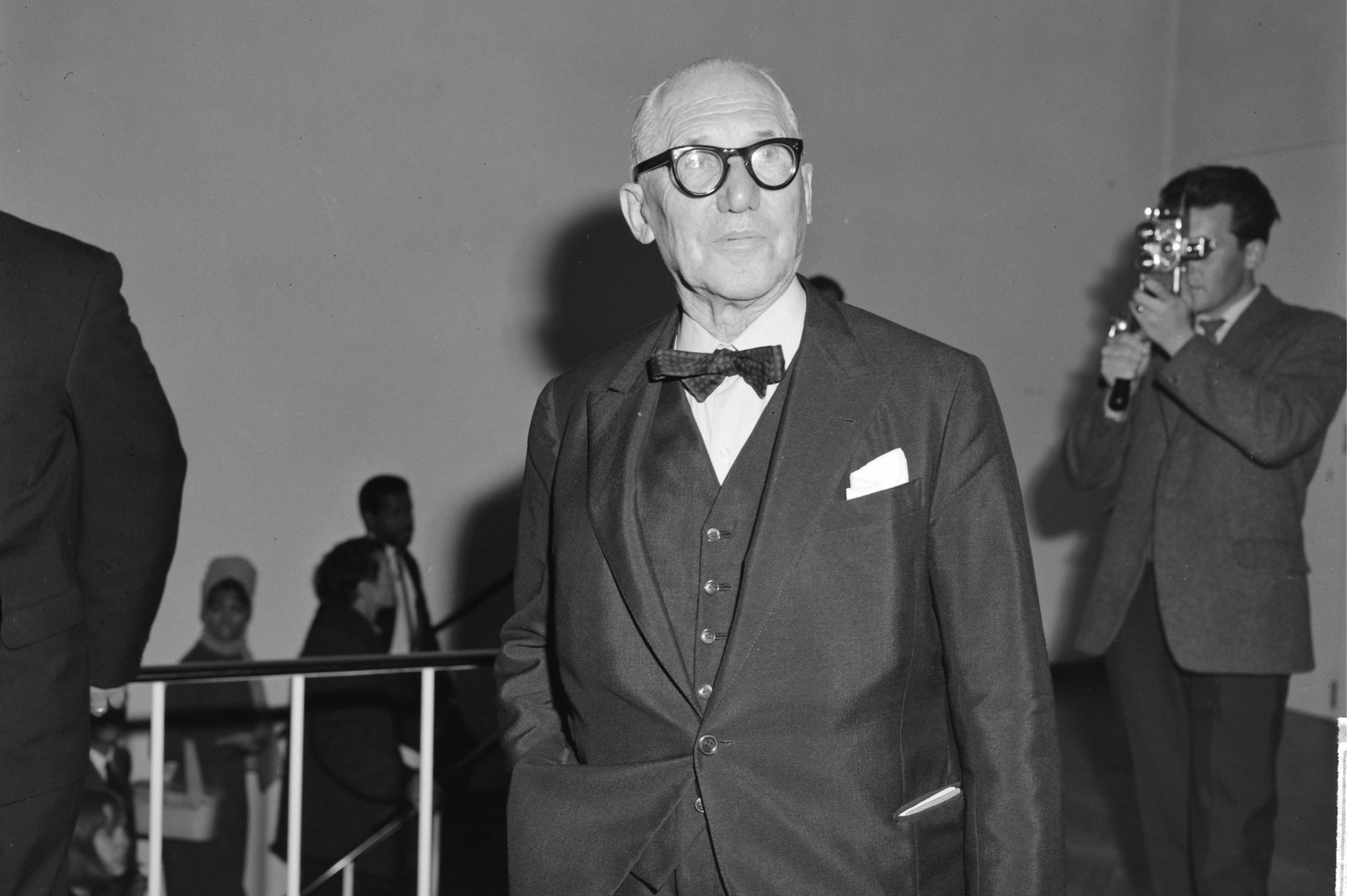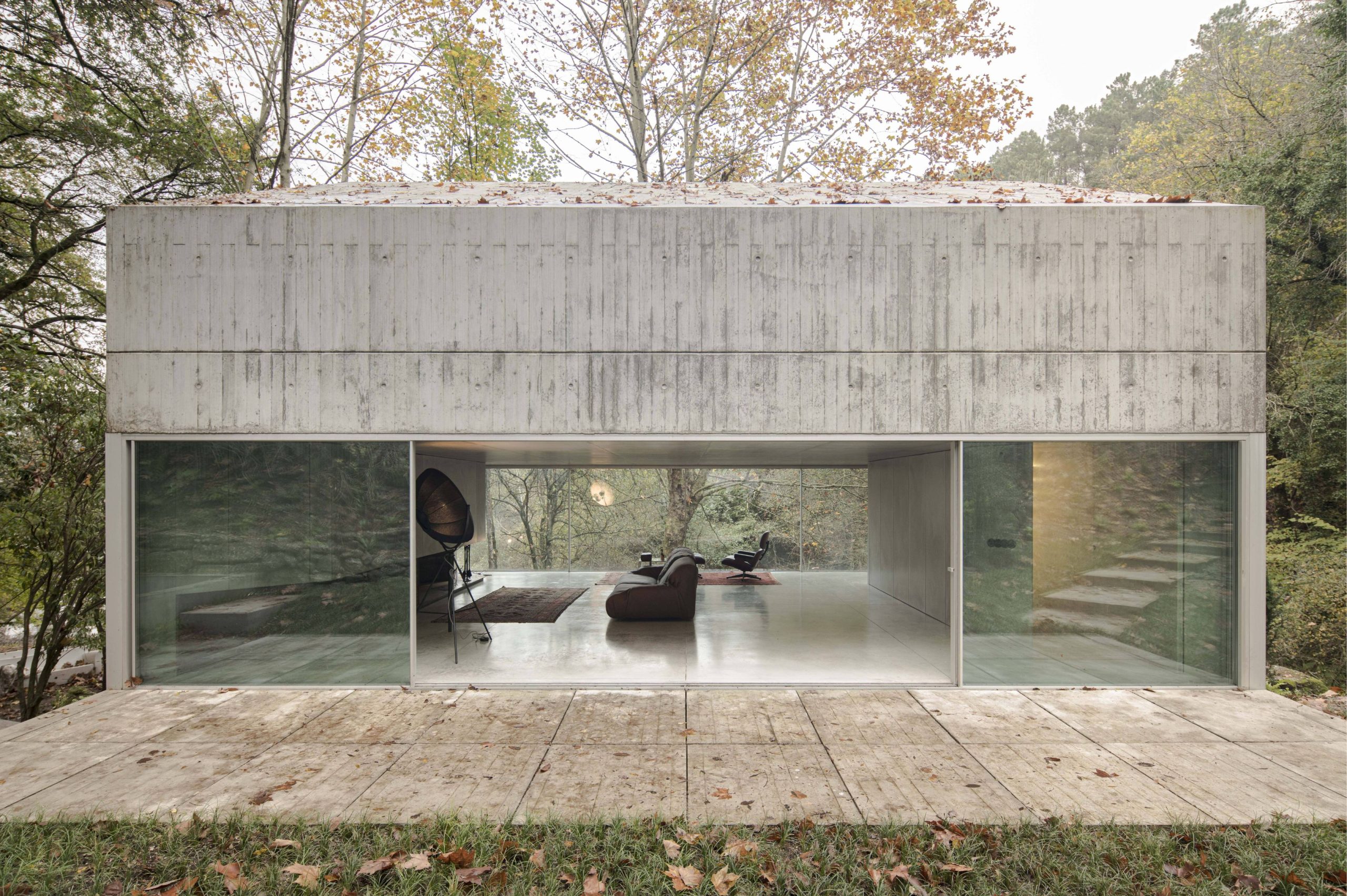OTIIMA specializes in innovative, high-performance minimalist window systems. Combining cutting-edge technology with sleek design, our windows maximize natural light, enhance energy efficiency, and seamlessly connect indoor and outdoor spaces, offering modern elegance and functionality.
Elegance and functionality
Meet elegant window opening solutions, sliding doors and much more. Each project is intended to fulfil the architects’ expectations, offering limitless options and shortening the distance between inside and outside.
Our products
Each solution is sophisticated while staying faithful to the principles of minimalism with unmatched quality. A well-curated combination of minimalist aesthetics, savvy accessories, and smart features outlasts everyday interiors or exteriors and defines spaces’ personalities.
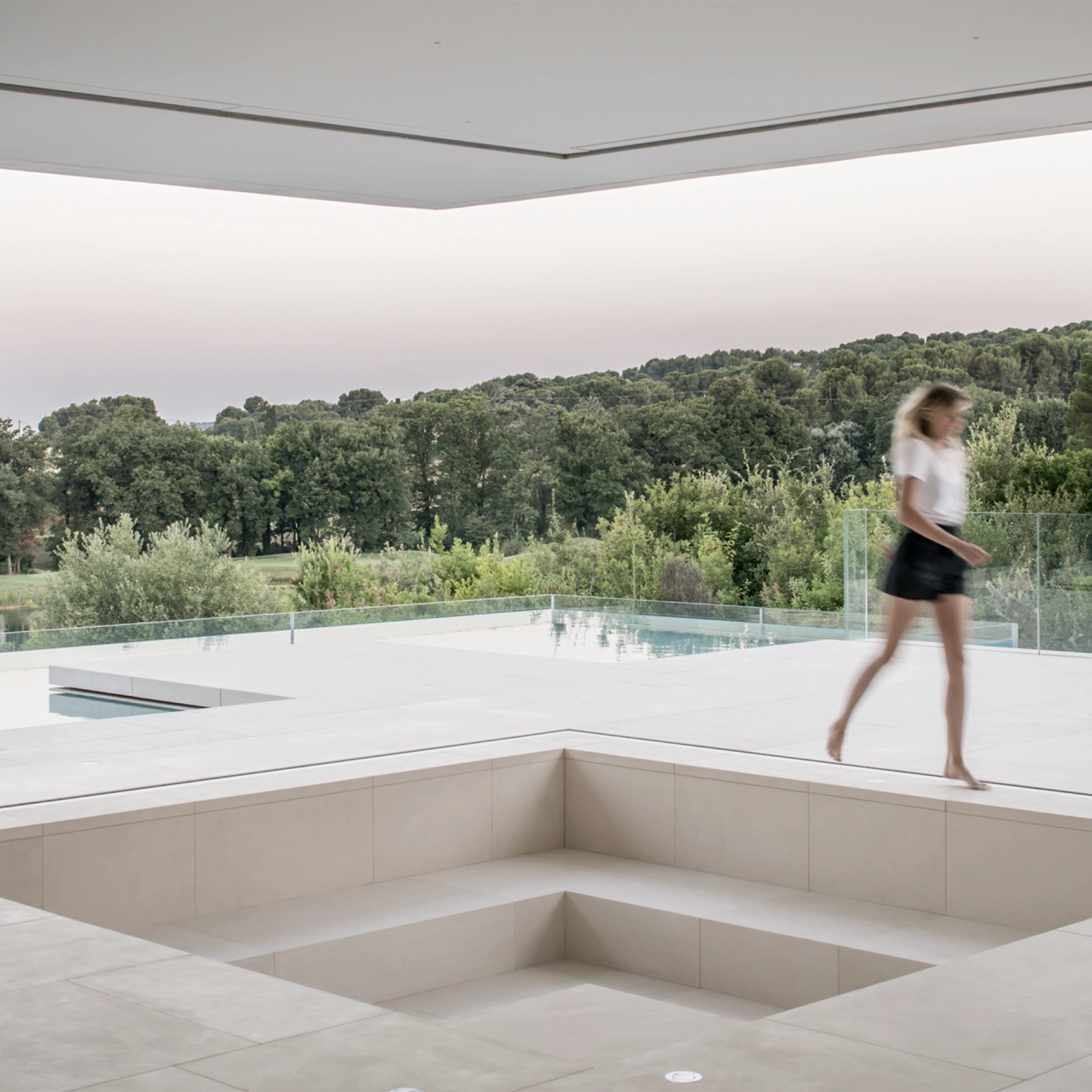
Subscribe our newsletter
Be the first to get monthly news about product launches, inspirational projects and special events and more.
